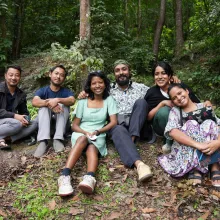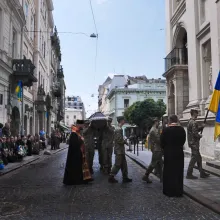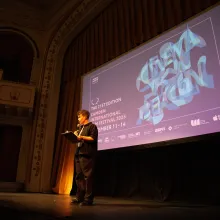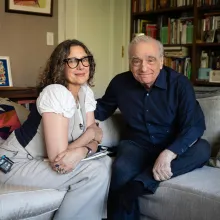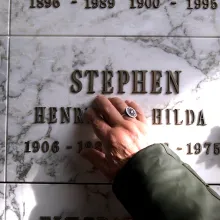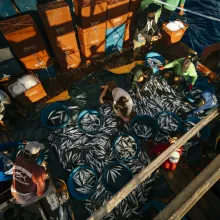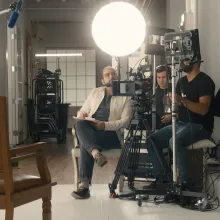Best known for co-directing Writing With Fire, Rintu Thomas and Sushmit Ghosh discuss the aims and philosophy behind the Himalayan Story Lab
Interview
Petra Costa’s new documentary Apocalypse in the Tropics explores the “fatal marriage” between Christian nationalism and authoritarian politics
In this interview, Vitaly Mansky talks about how Bruegel paintings influenced his three-hour epic about life in Lviv, Time to the Target
In this interview, Elise McCave discusses the challenges of running a U.S. film festival and filmmaker programs amid industry consolidation and
In this interview, Raoul Peck reflects on deploying AI-generated imagery to illuminate Orwell’s insights about linguistic manipulation
In this interview, Rebecca Miller discusses how radical listening shaped her five-part series Mr. Scorsese, from tracking down childhood gangsters to
In this interview, Mary Stephen reflects on decades spent shaping other filmmakers’ narratives before turning to her own family in Palimpsest: The
In this interview, Baby Ruth Villarama discusses how corporate censorship transformed her documentary about maritime sovereignty into a document of
In this interview, Lee Anne Schmitt discusses how Evidence uses childhood objects and family memories to investigate the propagation of conservative
David Osit discusses how Predators, his house of cards examining Chris Hansen’s controversial sting show and its YouTube imitators, stealthily





